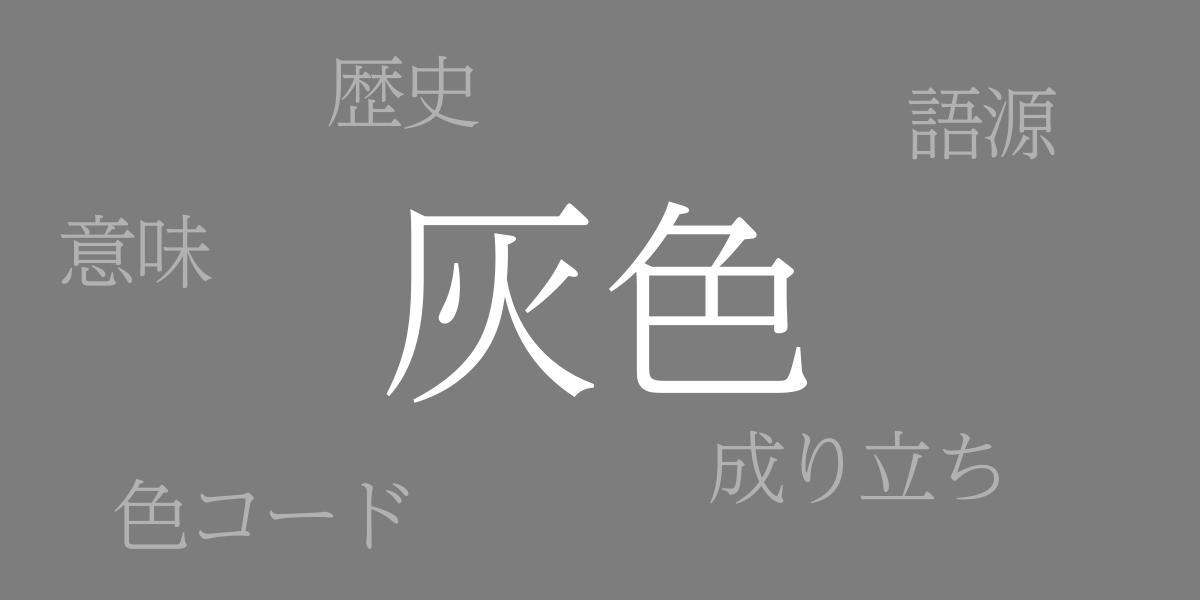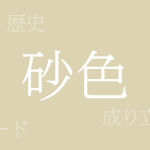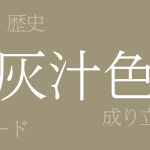The traditional colors of Japan deeply rooted in emotions and culture, reflect a unique aesthetic sense and history. Among these, ‘Haiiro (灰色 – はいいろ)’, or ‘gray’, is subtle yet profound, influencing both traditional Japanese customs and modern design. This article explores the allure of gray, delving into its meaning, historical significance, color codes, and its international name.
About Haiiro (灰色 – はいいろ)
Haiiro, which literally means gray, is a color situated between black and white, created by mixing the three primary colors of light equally. As a traditional Japanese color, haiiro brings calmness and sophistication, prized in kimonos, architecture, and art. Its shades reflect the natural elements like stones, rocks, and the winter sky, embodying the transitions of the Japanese seasons with a simple yet rich expression.
The History of Haiiro
The use of haiiro in Japan dates back to ancient times, appearing in the clay figures of the Kofun period and paintings of the Nara period. During the Heian period, it became a favored color among the nobility, with numerous names for different shades of gray. In the Edo period, as merchant culture flourished, haiiro became more commonplace, appearing in ukiyo-e and commoners’ clothing. Today, its neutral shades are invaluable in Japan’s modern design and fashion.
Color Codes for Haiiro
To accurately represent haiiro in digital design and on the web, specific color codes are needed. Listed below are common color codes for haiiro:
- HEX: #7D7D7D
- RGB: R:125 G:125 B:125
- CMYK: C:58 M:50 Y:47 K:0
International Name for Haiiro
In English-speaking countries, haiiro is known as “Gray” or “Grey”—”Gray” in American English and “Grey” in British English. Depending on the region and context, this color might have variations such as “Charcoal,” “Slate,” or “Pewter,” each with unique undertones used widely in fashion and design industries.
Summary of Haiiro
As a traditional Japanese color, haiiro has enchanted many with its modest yet deep hues through history and continues to do so today. Its significance remains unchanged in the modern era, where its color codes ensure precise representation in digital formats. Including its international names, haiiro is recognized and cherished globally, an essential shade in the world of design.

























